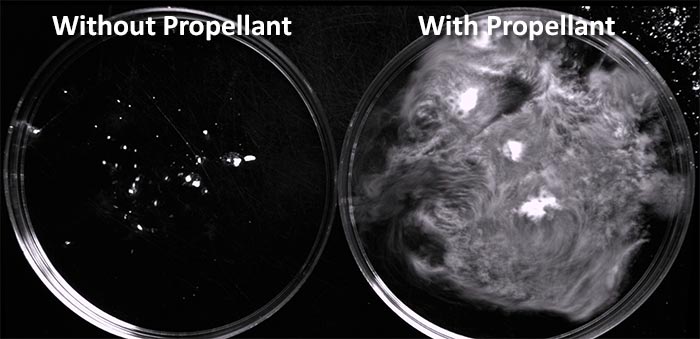Newsroom
Self-propelling particles that stop blood flow during hemorrhaging
Severe bleeding is a problem faced by many people. Severe bleeding leads to high death rates during military combat and extremely high maternal death rates following child birth. Preventing postpartum blood loss is a principle challenge to reducing maternal death in resource-scarce regions, which can be up to 5% of all births. Many agents have been developed to control bleeding, but none are effective at controlling incompressible or internal hemorrhaging or controlling postpartum hemorrhage in resource-poor settings. Traditional agents for controlling bleeding cannot penetrate though flowing blood and thus cannot clot deep inside the wound at the sites of vascular damage. Dr. Christian Kastrup’s team in the Michael Smith Laboratories is developing an easy-to-use, low-cost technology toward this challenge. The technology uses self-propelling particles that can travel upstream through blood flow and clot blood at the source of damaged vessels. These particles are formulated with low-cost materials that are already used in other areas of the clinic.

This image shows the movement of hemostatic particles that can clot blood. The particles in the left petri dish do not contain propellant, and would not be able to travel upstream against blood flow. The particles in the right petri dish rapidly propel and can move though blood in order to form a clot.
Funding for this project comes from Grand Challenges Canada, which supports early-career investigators conducting innovative research relevant to Global Health. Salary support for members of the Kastrup Lab also comes from the Canadian Institutes for Health Research (CIHR).
For further information about this award to Dr. Kastrup please visit this website:
http://med.ubc.ca/ubc-inventor-of-self-propelled-coagulant-wins-grant-fr…